Consider the words
May 2022 — Think about both the actual words used by the participants and the meanings of those words. A variety of words and phrases will be used and the analyst will need to determine the degree of similarity between these responses.
Consider the context
Participant responses were triggered by a stimulus question asked by the moderator or a comment from another participant. Examine the context by finding the triggering stimulus and then interpret the comment in light of that environment. The response is interpreted in light of the preceding discussion and also by the tone and intensity of the oral comment.
Consider the internal consistency
Participants in focus groups change and sometimes even reverse their positions after interaction with others. This phenomenon rarely occurs in individual interviews due to a lack of interaction from other participants. When there is a shift in opinion, the researcher typically traces the flow of the conversation to determine clues that might explain the change.
Consider the frequency or extensiveness of comments
Some topics are discussed by more participants (extensiveness) and also some comments are made more often (frequency) than others. These topics could be more important or of special interest to participants. Also, consider what wasn’t said or received limited attention. Did you expect and not receive comments?
Consider the intensity of the comments
Sometimes the participants will use words that connote intensity or tell you directly about their strength of feeling. Intensity may be difficult to spot with transcripts alone because intensity is also communicated by the voice tone, speed and emphasis on certain words. Individuals will differ on how they display strength of feeling and for some it will be a speed or excitement in the voice whereas others will speak slowly and deliberately. One of the clues to intensity is when an individual varies their past speaking pattern. For example: nontalkers start speaking, slow speakers talk faster, fast talkers speak slowly, quiet speakers talk louder, etc.
Consider the specificity of responses
Responses that are specific and based on experiences should be given more weight than responses that are vague and impersonal. To what degree can the respondent provide details when asked a follow up probe? Greater attention is often placed on responses that are in the first person as opposed to hypothetical third person answers. For example, “I feel the new practice is important because I have used it and been satisfied,” has more weight than, “These practices are good and people in the area should use them.”
Find the big ideas
The researcher can get so close to a multitude of comments and details that trends or ideas that cut across the entire discussion are missed. One of the traps of analysis is not seeing the big ideas. It may be helpful to take a few steps back from the discussions by allowing an extra day for the big ideas to percolate. For example, after finishing the analysis the researcher might set the report aside for a brief period and then jot down the three or four of the most important findings.
About the Toolbox and this Section
The 2022 update of the toolbox marks over two decades of change in our small city downtowns. It is designed to be a resource to help communities work with their Extension educator, consultant, or on their own to collect data, evaluate opportunities, and develop strategies to become a stronger economic and social center. It is a teaching tool to help build local capacity to make more informed decisions.
This free online resource has been developed and updated by over 100 university educators and graduate students from the University of Wisconsin – Madison, Division of Extension, the University of Minnesota Extension, the Ohio State University Extension, and Michigan State University – Extension. Other downtown and community development professionals have also contributed to its content.
The toolbox is aligned with the principles of the National Main Street Center. The Wisconsin Main Street Program was a key partner in the development of the initial release of the toolbox. One of the purposes of the toolbox has been to expand the examination of downtowns by involving university educators and researchers from a broad variety of perspectives.
The current contributors to each section are identified by name and email at the beginning of each section. For more information or to discuss a particular topic, contact us.

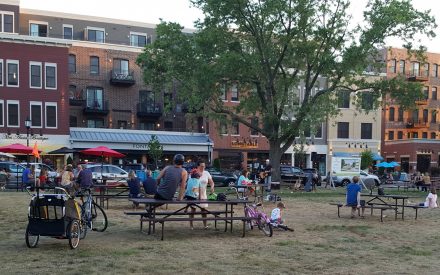



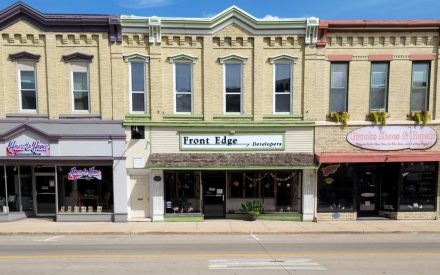




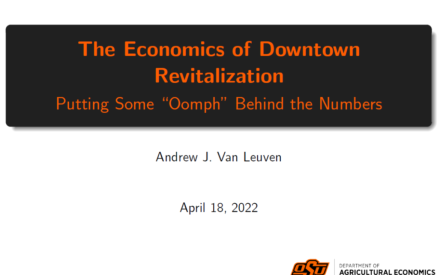

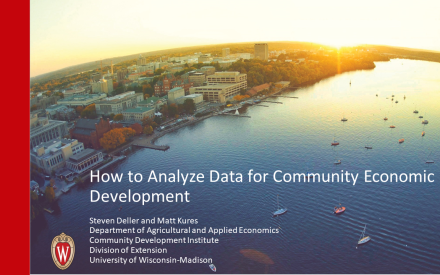 How to Utilize Data for Community Economic Development (Part II)
How to Utilize Data for Community Economic Development (Part II) How to Access Data for Community Economic Development (Part I)
How to Access Data for Community Economic Development (Part I) Developing Questions for Focus Group Interviews
Developing Questions for Focus Group Interviews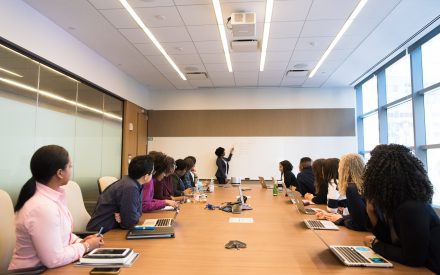 Focus Groups
Focus Groups


